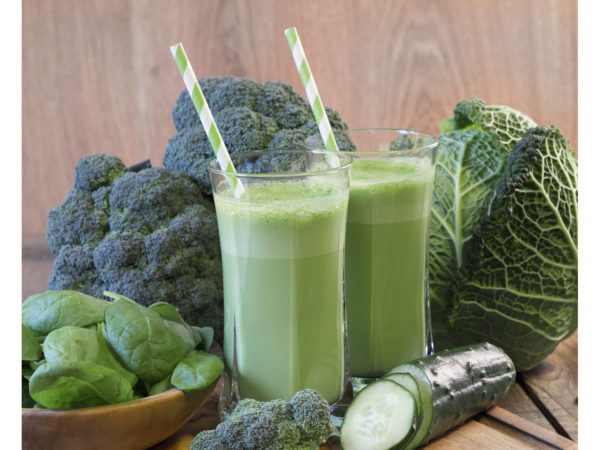Coffee Tree Berries: An Antioxidant Alternative?
I recently read that the red berries from the coffee tree have tremendous antioxidant power. Is there any truth to this?
Andrew Weil, M.D. | January 31, 2008

The red berries from the coffee tree are just one of the latest entries into the commercial scramble for the antioxidant dollar. These berries (usually called “cherries”) are the fruit of the coffee plant. They are bright red in color, and each contains a bit of pulp and two seeds – the “beans” that are shelled and roasted to make coffee. In the past, berries from the coffee plant were discarded after the seeds were removed, but now they are being processed into liquids and powders that are marketed as health products for their antioxidant content and added into coffee, energy bars, and other functional foods. One gram of powdered the berries is said to have more than eight times the antioxidant power of a gram of fresh blueberries.
Every week seems to bring a new claim about the superior nutritional power of an exotic fruit or some other novel antioxidant source, which is often sold at a breathtaking price. But if your diet includes a colorful array of fresh fruits and vegetables, you should be getting plenty of antioxidants without having to spend more on the exotic, and often unjustifiably expensive “antioxidant of the month.”
Here are my top choices with proven health benefits: green vegetables such as spinach, collards, kale and broccoli contain lutein and zeaxanthin, carotenoid antioxidants that can protect aging eyes from developing cataracts and macular degeneration. Cruciferous vegetables such as cabbage, Brussels sprouts, cauliflower, kale and turnips contain antioxidants and other phytonutrients that reduce cancer risk. Sweet potatoes, carrots, mangoes, apricots and other yellow or orange fruits and vegetables are rich in beta carotene, an antioxidant that boosts the immune system. Tomatoes, watermelon, papaya, and pink grapefruit are among the red pigmented fruits and vegetables that contain lycopene, a powerful antioxidant helps fight heart disease and some types of cancer, particularly prostate cancer. The blue color in blueberries, purple grapes, red cabbage, beets, and plums comes from anthocyanins, phytochemicals that protect against carcinogens and may help prevent heart disease.
And don’t forget about green and white tea, dark chocolate and red wine, all very high in antioxidant activity.
Andrew Weil, M.D.









